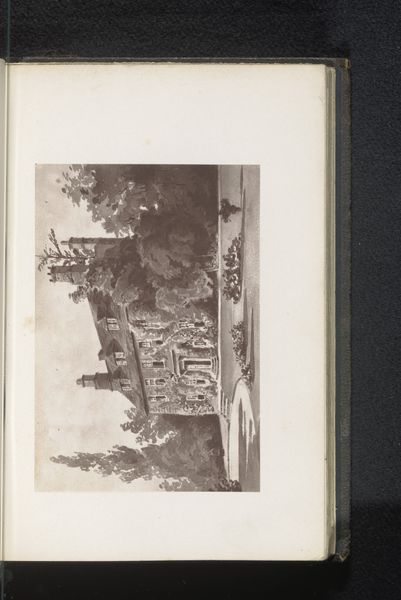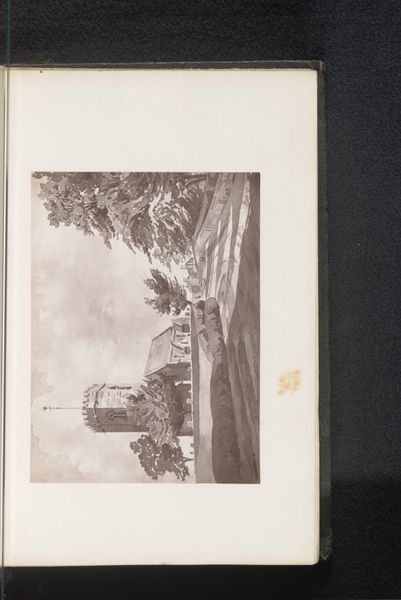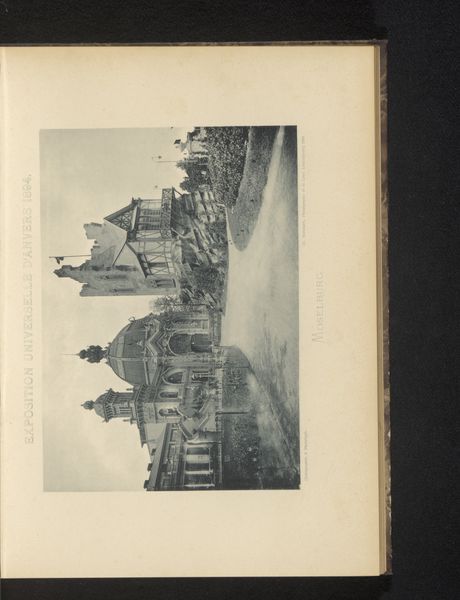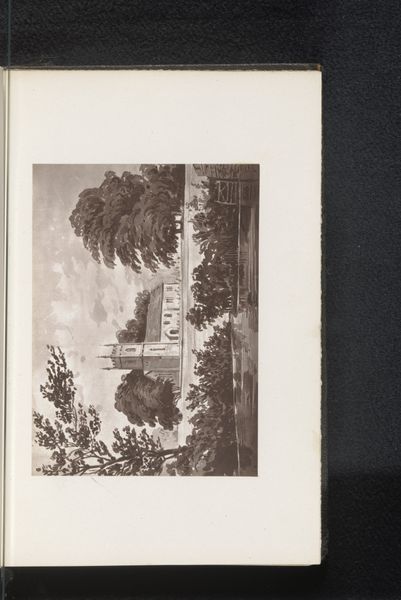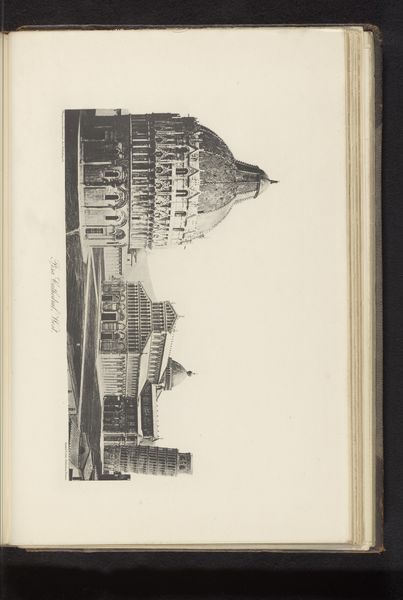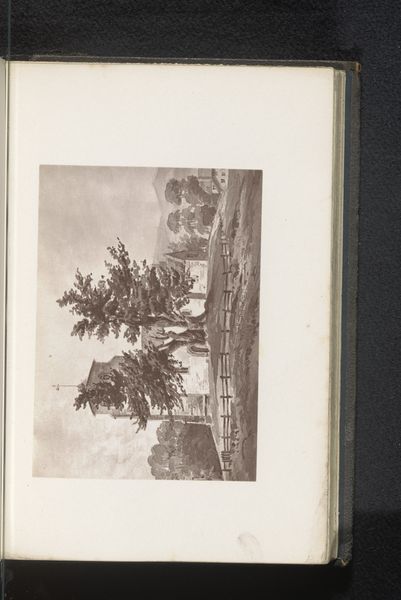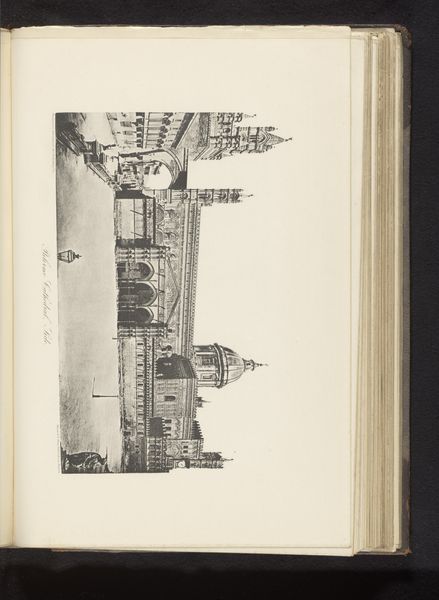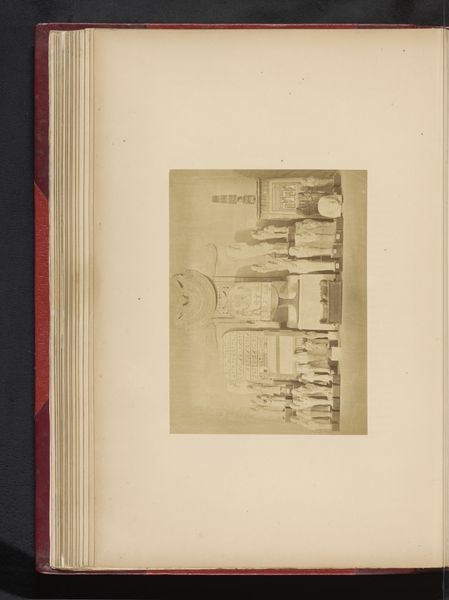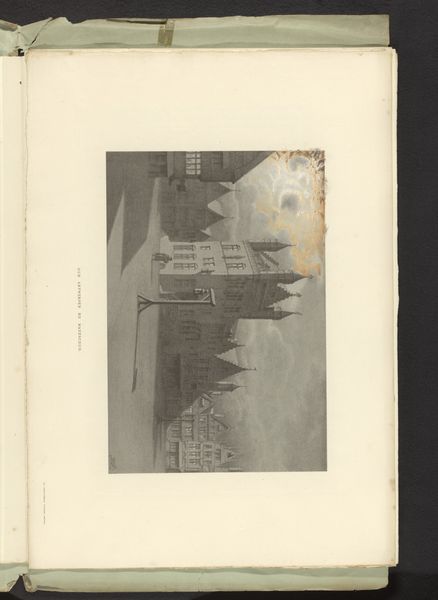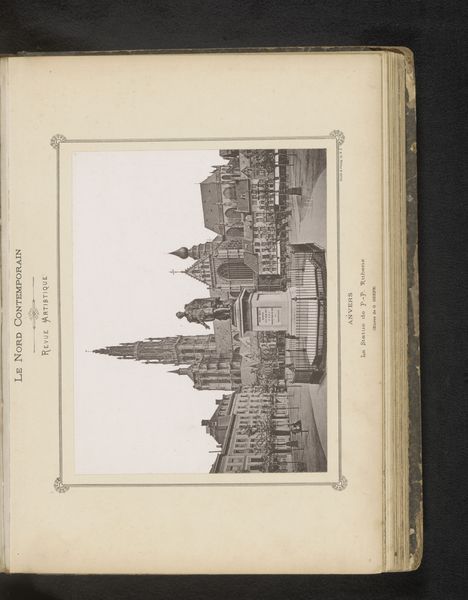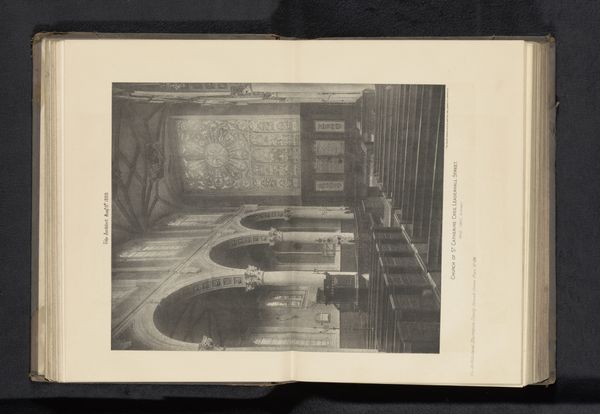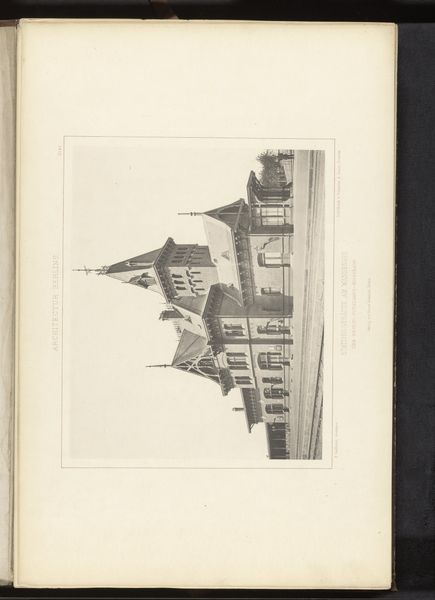
Fotoreproductie van een schildering, voorstellende een gezicht op de pastorie en Saint Mary's Church te Nether Alderley before 1876
0:00
0:00
drawing, print, paper, ink, engraving
#
drawing
# print
#
landscape
#
paper
#
ink
#
academic-art
#
engraving
#
building
Dimensions: height 83 mm, width 121 mm
Copyright: Rijks Museum: Open Domain
Curator: Here we have a reproduction of a work depicting a scene of the Nether Alderley rectory and Saint Mary's Church. It appears to be an engraving printed on paper, likely executed before 1876. Editor: The scene is remarkably tranquil, wouldn't you agree? A rather picturesque composition, though perhaps somewhat traditional. Curator: Traditional is certainly one way to put it. What catches my eye is the interplay between the architecture of the church and the rectory. There's a sense of deliberate placement within the frame, a visual dance between the sacred and the domestic. I wonder who would have been the likely engraver of such print? Editor: Well, the church itself is visually imposing with the intricate traceries of the windows. It evokes, I think, centuries of English tradition, of communal faith, but I also see some personal expression in its presentation. I think an educated man with an insight into sacred architecture and landscape, probably associated with architectural drawing. The placement of both buildings on the landscape would have probably represented in that period a symbol of societal authority, the house of the rector together with the house of God... Curator: Fascinating how you bring out the cultural history imbued in architecture. Looking at the reproduction method – the printmaking – interests me more because it allows for wider distribution. Who was the intended audience and how did that influence the artist’s choices and their work, you think? How many were able to consume it? Editor: Perhaps a sentimental token for former parishioners, or those with ties to the area? A memento of faith and community... Also the cross evokes concepts of forgiveness, salvation, hope... Even when depicted in a simple, architectural engraving, its weight remains. Curator: Precisely. It acts as more than just an image of place, the engraving technique makes us think more about the purpose and function of the architecture within a specific societal structure... The choice of material also. Editor: So, in essence, what begins as a serene landscape unfolds into a narrative about faith, community, power, and, even a bit of yearning, wouldn’t you say? Curator: It definitely gives you food for thought, doesn't it? Now that we shed light on some of its secrets...
Comments
No comments
Be the first to comment and join the conversation on the ultimate creative platform.

